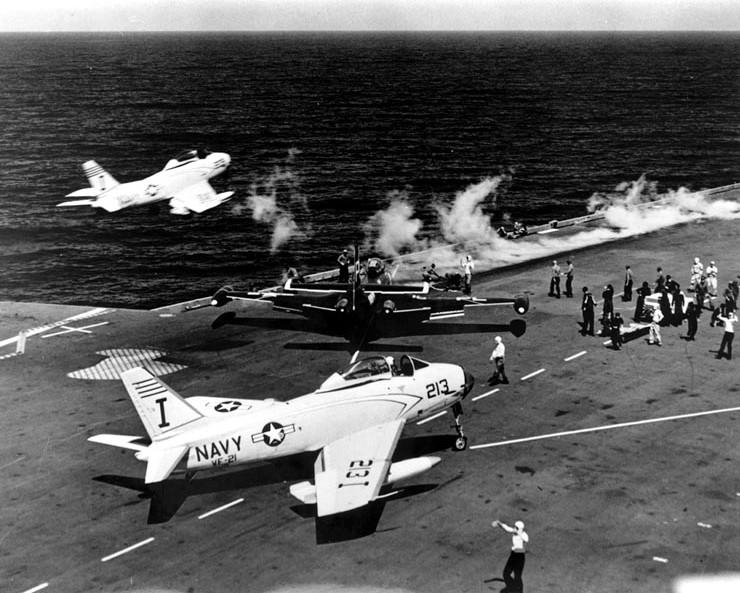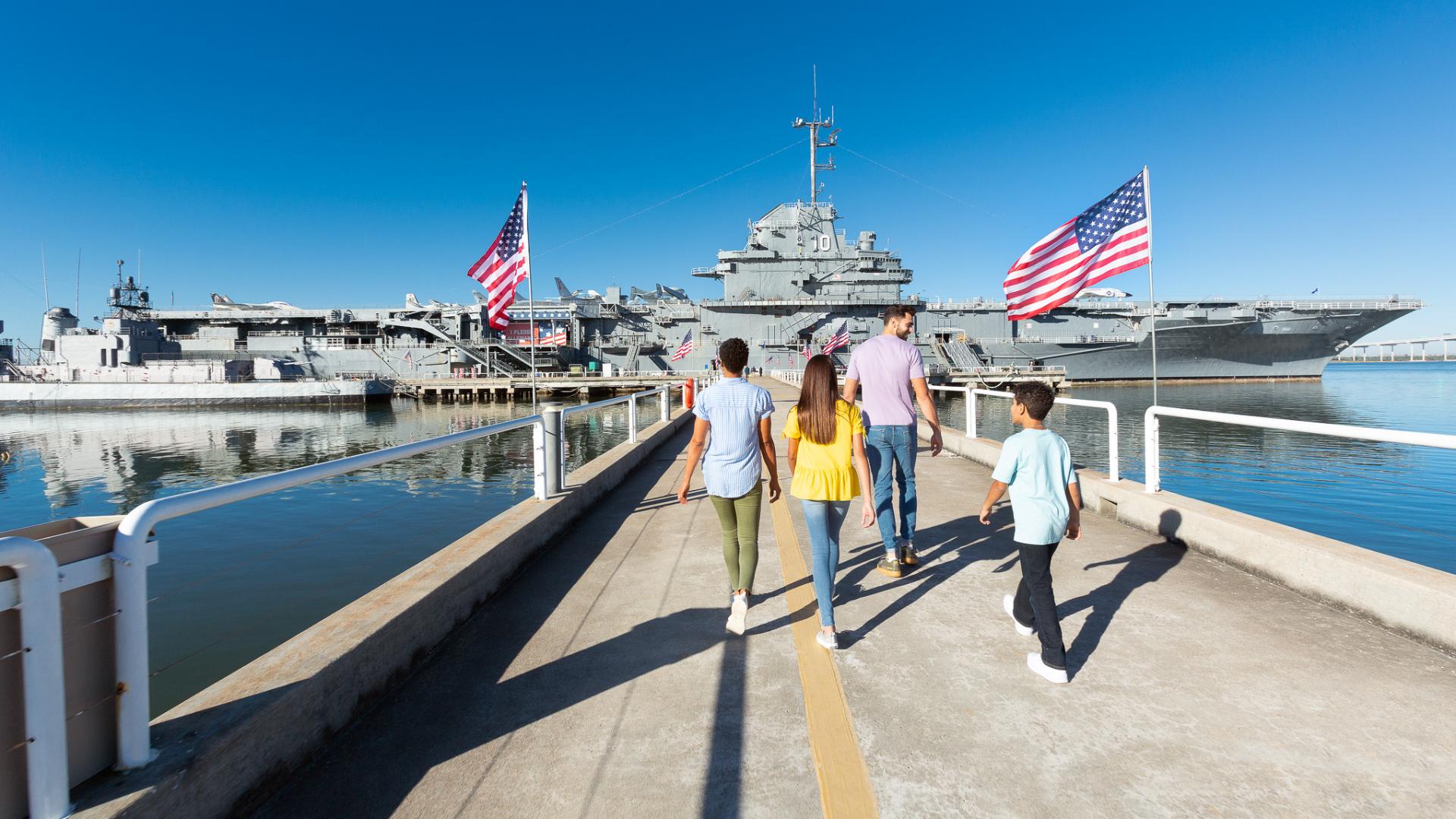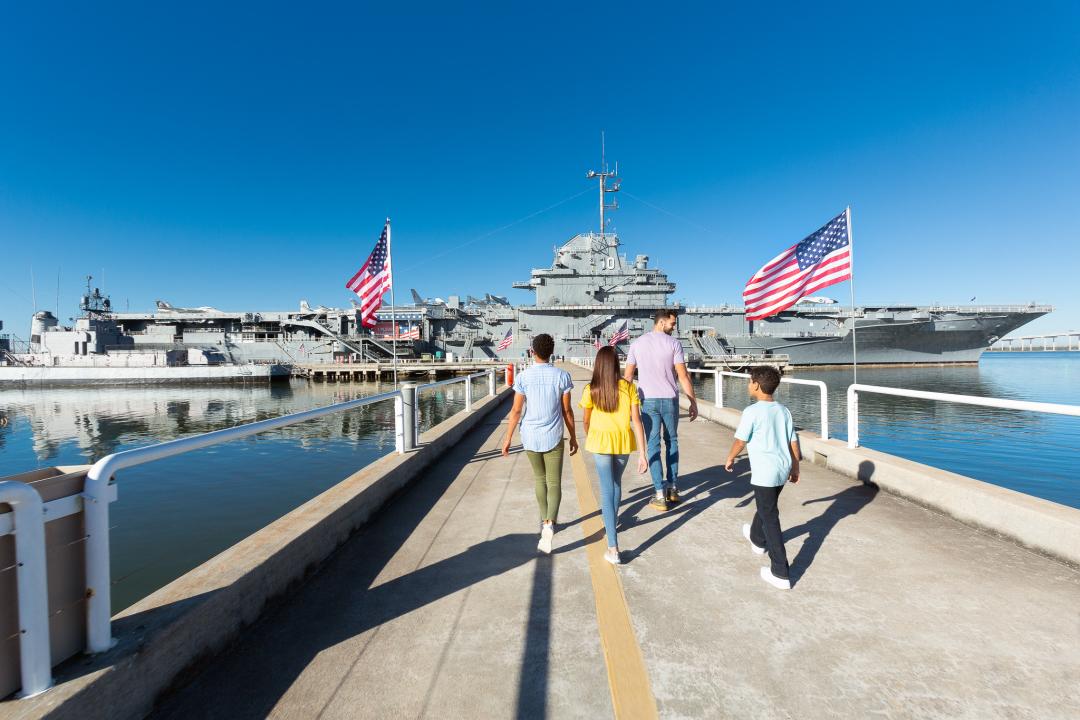
Whenever a crisis happens in the world, ever since World War II, our Presidents have probably asked as one of their first questions, "Where are our carriers?"
On 29 October 1956, Israeli forces invaded Egyptian territory after Egyptian President Gamal Nasser nationalized the Suez Canal. British and French forces would join in the invasion two days later in a joint plan between Britain, France and Israel to take the canal. President Eisenhower had Chief of Naval Operations, Admiral Arleigh Burke, place the Sixth Fleet, carriers Coral Sea and Randolph, on alert.
When the British and French armed forces landed on 31 October, Admiral Burke signaled Vice Admiral “Cat” Brown, Commander Sixth Fleet: “Situation tense; prepare for imminent hostilities.” Brown signaled back: “Am prepared for imminent hostilities, but whose side are we on?” In classic Burke style, the CNO’s return response was, “Keep clear of foreign op areas but take no guff from anybody.”
Unsuccessful American diplomacy in stopping the conflict led to Soviet mobilizations and quickly two more aircraft carriers were directed to the Eastern Mediterranean Sea, USS Forrestal (CVA 59) and USS Franklin D. Roosevelt (CVA 42). They were to sail from Norfolk toward the Azores with a heavy cruiser and three divisions of destroyers, to act as a standby augmentation to the Sixth Fleet. U.S. Navy forces were ordered to prepare to execute emergency war plans.

The British and French invasion moved the crisis into a critical and dangerous moment. The Soviet Union, which was fighting to put down a rebellion in Hungary, threatened to intervene in Egypt and perhaps even retaliate by attacking London and Paris with atomic weapons. Soviet forces began to deploy in Syria for an invasion of Israel, and alarmed American officials sensed the fighting in Hungary placed Soviet leaders in a trigger happy mode. Prudently, Eisenhower alerted the Pentagon to prepare for war.
President Eisenhower's diplomacy and stationing of four aircraft carriers in the Mediterranean would help to oil the turbulent waters of war in the Mideast and Europe. Carriers would become a President's powerful tool for any crisis, humanitarian, military, etc. They remain today a highly mobile and powerful force for protecting our country's interests and providing help to less fortunate nations.

